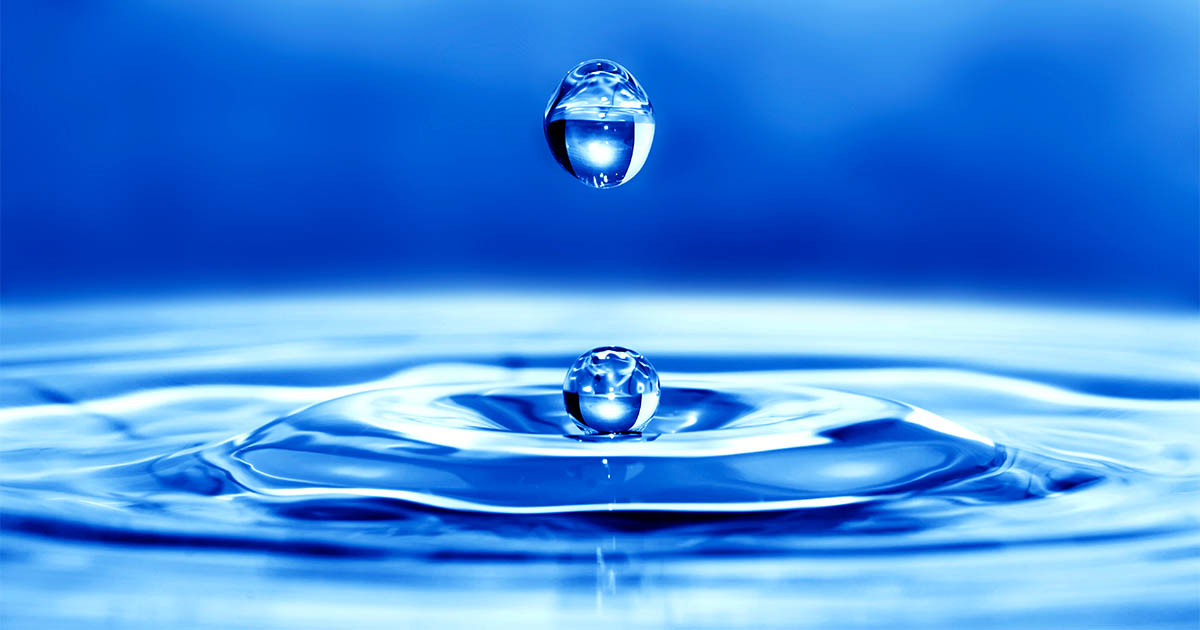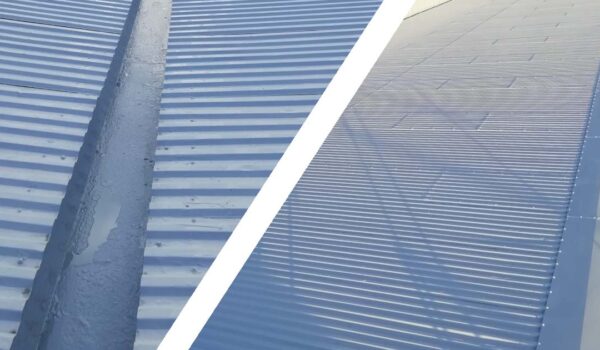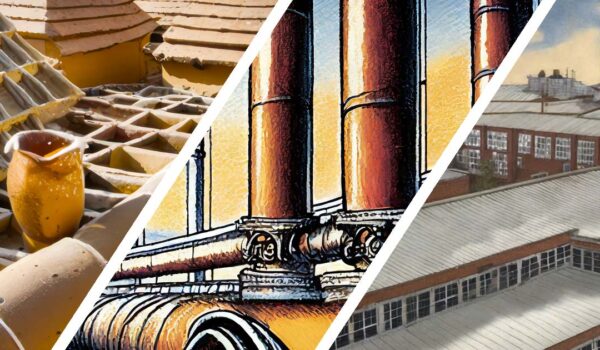
Developing sustainable and environmentally friendly water based coatings, in particular corrosion treatment coatings, has always been challenging. To help combat climate change the coatings industry is investing in such the development of these coatings. However its not easy. Phasing out older more harmful coatings is going to take time. But the coatings industry is widely committed to the task.
When asked how coatings can be made more sustainable, industry experts say the challenges are high but they are confident of success. In a recent interview carried out by European Coatings, two such experts talked in depth about this.
Says Tom Vanheertum at Allnex;
Making waterborne coatings more resistant regarding anti-corrosion properties is not easy. The root cause of the disadvantages arises from the nature of the water itself, which are very difficult to overcome.
Water-based coatings are good corrosion resistant systems in certain environments but not so for heavy duty protection. He also covers some of the problems encountered when applying water-based high film thickness multi-layer coatings. Sensitivity to humidity and temperature conditions is also problematic.
Water is considerably more difficult to evaporate than most organic solvents due to exceptionally strong H-bonding, Tom explains.
Water-based isocyanate free alternatives
These often lead to issues such as sagging or aesthetic-al problems. Solutions to this may be 2k isocyanate systems, however they have their own problems.
Tom Vanheertum goes on to say;
With the new waterborne Non-isocyanate development, we think we’ve actually opened up a new path to addressing this problem
There are possibilities, depending on conditions and performance requirements, to use water-based coatings in anti-corrosive applications.
Continues Tom Vanheertum;
At the moment, the market has to find a compromise between corrosion resistance and durability. Typically hydrophobic systems deliver good anti-corrosive properties since they keep water away from the metal substrate. However, the difficulty with these polymers however is keeping them dispersed in water, and still achieving good anti-corrosion properties.
The Corrosion issues of emulsifiers
Selim Yeti from Kansai Altan is also looking into the problem with hydrophilic and hydrophobic properties. When emulsifiers remain in a dry film state, water and corrosion resistance decreases. A fix for this could be some kind of transition process.
Selim Yeti says;
We see emulsion design as the most promising area for future developments in waterborne coatings. Another major improvement in waterborne technology lies in designing emulsifier-free emulsion technologies, and macroRAFT techniques in emulsion making.
Depending on what you are looking for, there are solutions out there, Tom Vanheertum adds;
We will shortly be launching a new 1K waterborne acrylic system, which can easily pass a C3 standard, together with a new dispersing agent. However, for higher standards like C5 (according to ISO 12944) waterborne technology does not seem to be there yet. And even for C4 there are still issues.
Miguel Mantas, Allnex CEO also states;
We must listen closely to our customers in order to create innovative solutions that exceed their expectations. As we always say: ‘Together, we can paint a sustainable world’.



